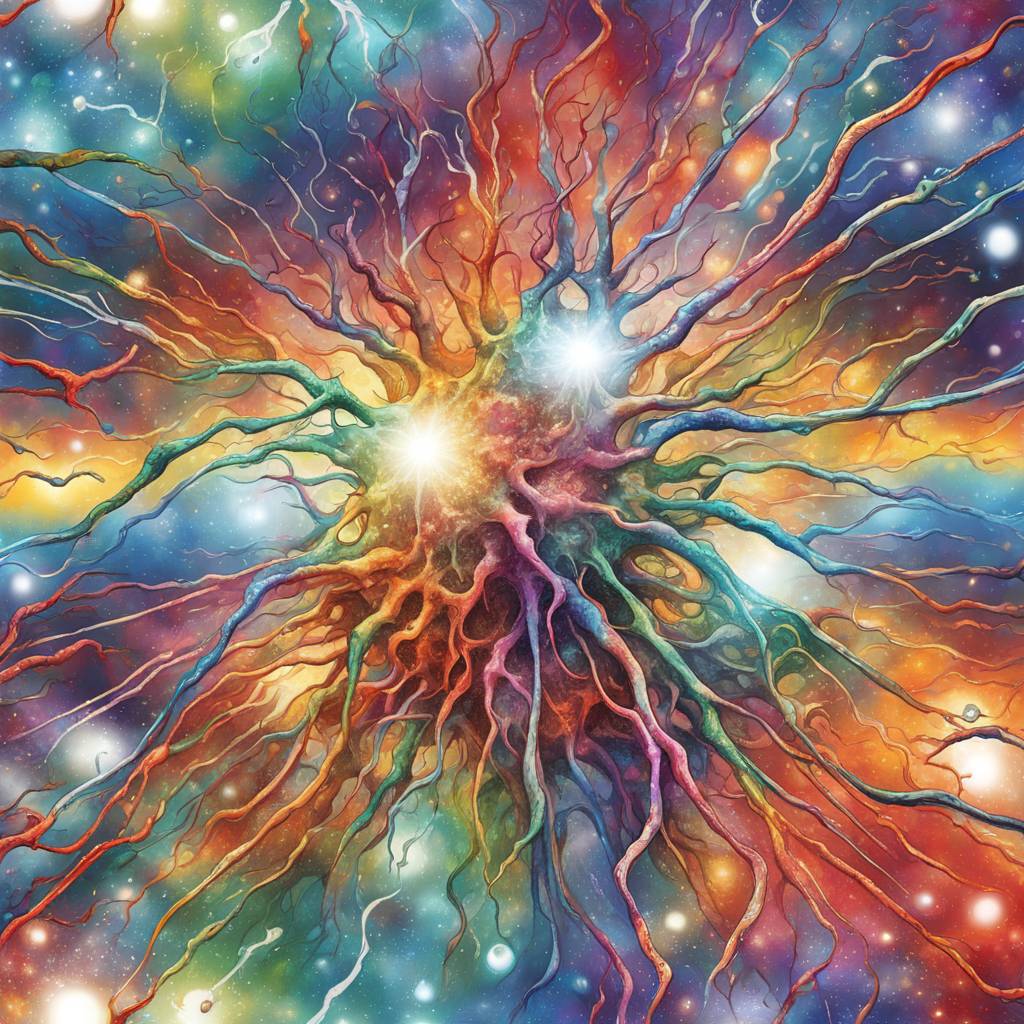Researchers at Albert Einstein College of Medicine have discovered that DNA damage and brain inflammation are essential for the formation of long-term memories. While inflammation in the brain is typically associated with neurological disorders such as Alzheimer’s and Parkinson’s disease, the study led by Dr. Jelena Radulovic found that inflammation within certain neurons in the hippocampal region is critical for creating stable memory assemblies. Through experiments with mice, the researchers identified a mechanism by which DNA damage and repair cycles lead to the formation of these memory clusters, which represent past experiences.
Using mild electrical shocks to induce episodic memory in mice, the researchers observed strong activation of genes involved in the Toll-Like Receptor 9 (TLR9) pathway, an inflammatory signaling pathway typically associated with immune responses to pathogen DNA fragments. Surprisingly, the TLR9 pathway was activated in hippocampal cells showing significant DNA damage, leading the researchers to speculate that this immune-based memory mechanism evolved over time to allow neurons to form memories without undergoing cell division. Additionally, the researchers found that DNA fragments released from the nucleus led to activation of the TLR9 pathway, which in turn stimulated DNA repair complexes to form at centrosomes in the neurons.
During the inflammatory process, the memory-encoding neurons in mice were found to become more resistant to new or similar environmental stimuli, effectively preserving the information acquired during memory formation. Inhibiting the TLR9 pathway in hippocampal neurons not only prevented the mice from forming long-term memories but also resulted in profound genomic instability and high levels of DNA damage, which are associated with aging, cancer, and neurodegenerative disorders such as Alzheimer’s. While drugs targeting the TLR9 pathway have been proposed for treating long COVID symptoms, the researchers caution against fully inhibiting this pathway due to potential health risks.
The study titled “Formation of memory assemblies through the DNA sensing TLR9 pathway” involved researchers from Einstein College of Medicine, Northwestern University, Aarhus University in Denmark, and University Medical Center in Germany. The findings shed light on the complex interplay between inflammation, DNA damage, and memory formation in the brain, offering new insights into how memories are encoded and preserved over time. By understanding the role of inflammation and DNA repair in memory formation, researchers may uncover new therapeutic targets for addressing cognitive disorders and age-related cognitive decline.






